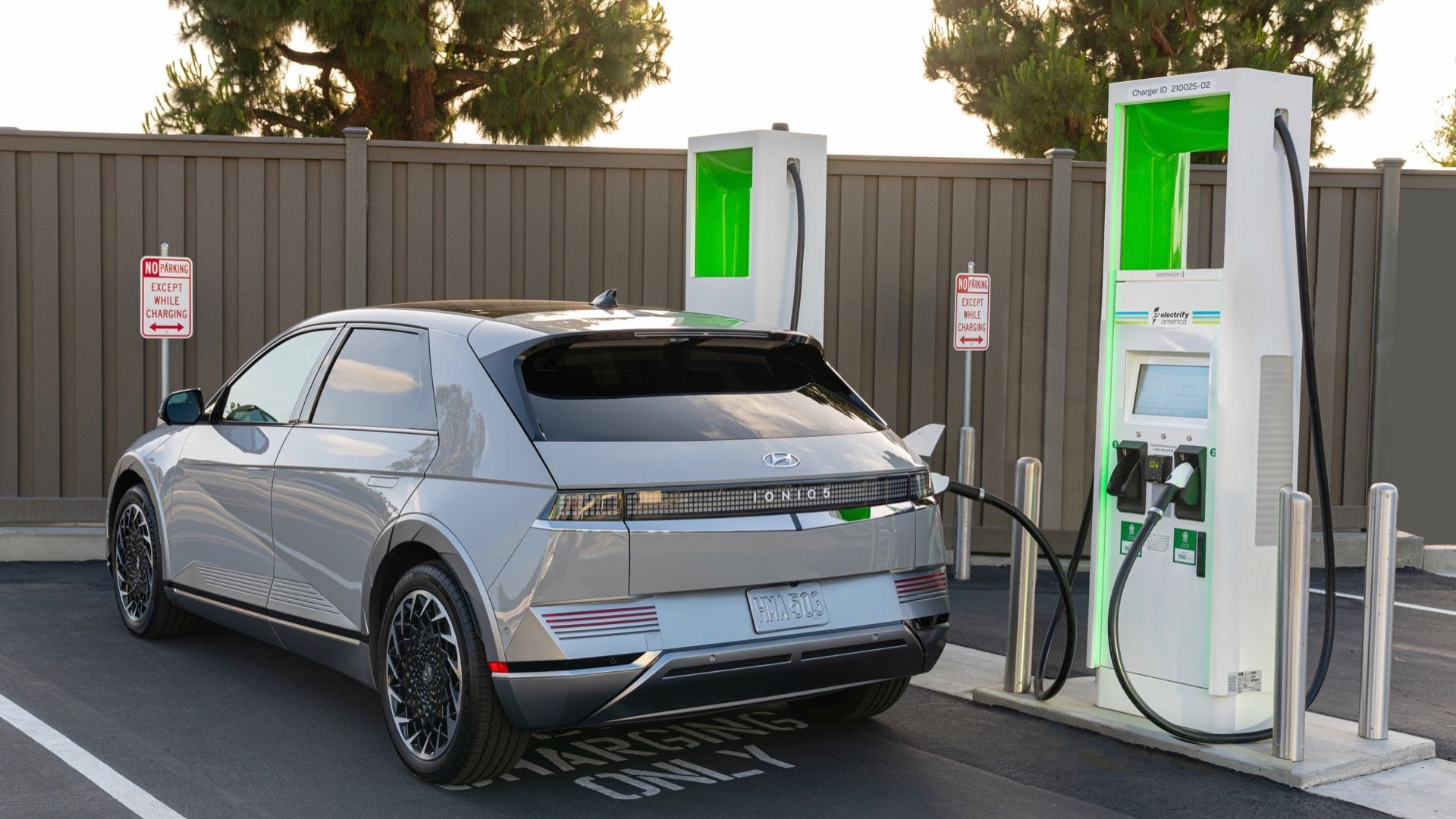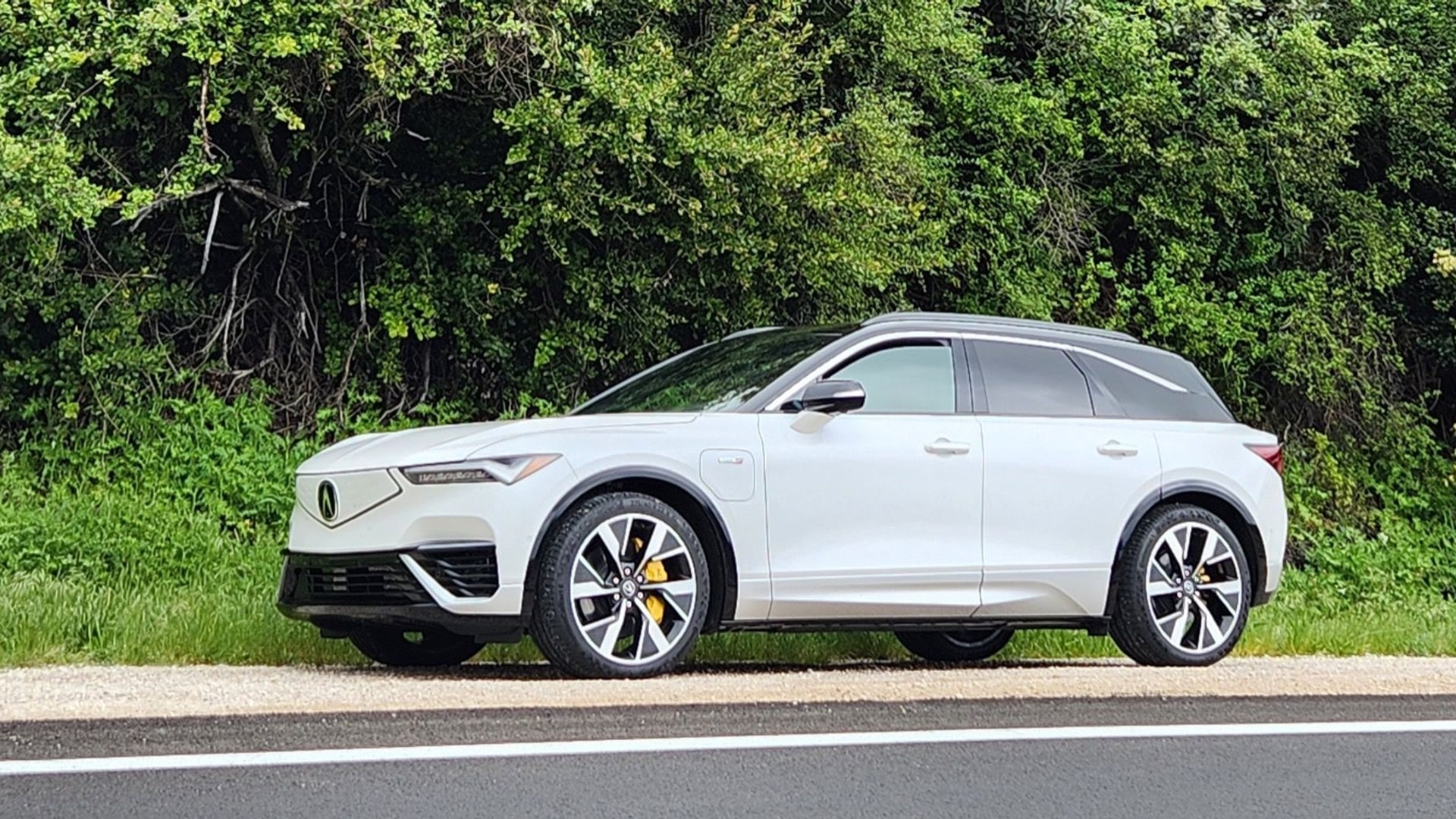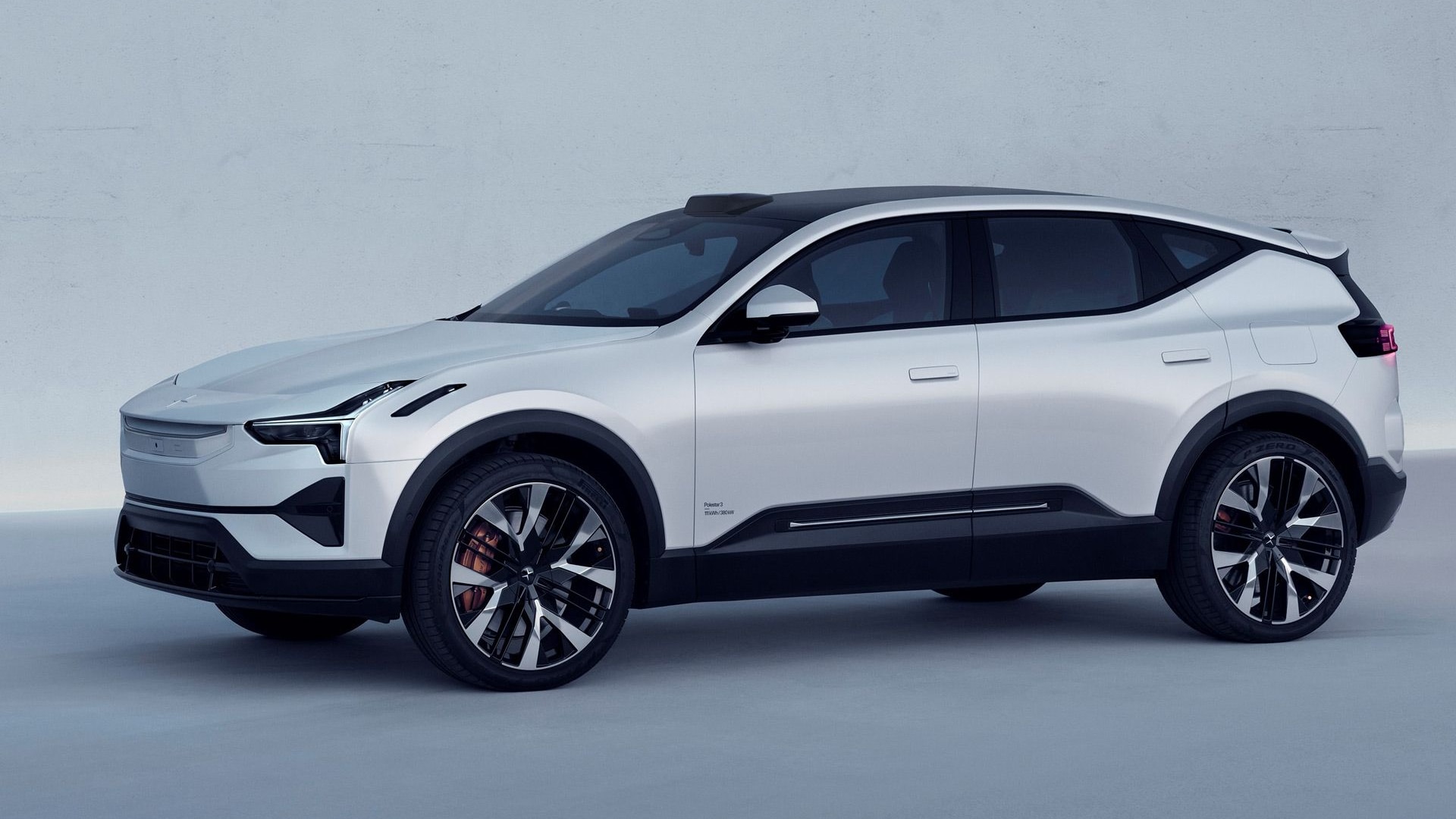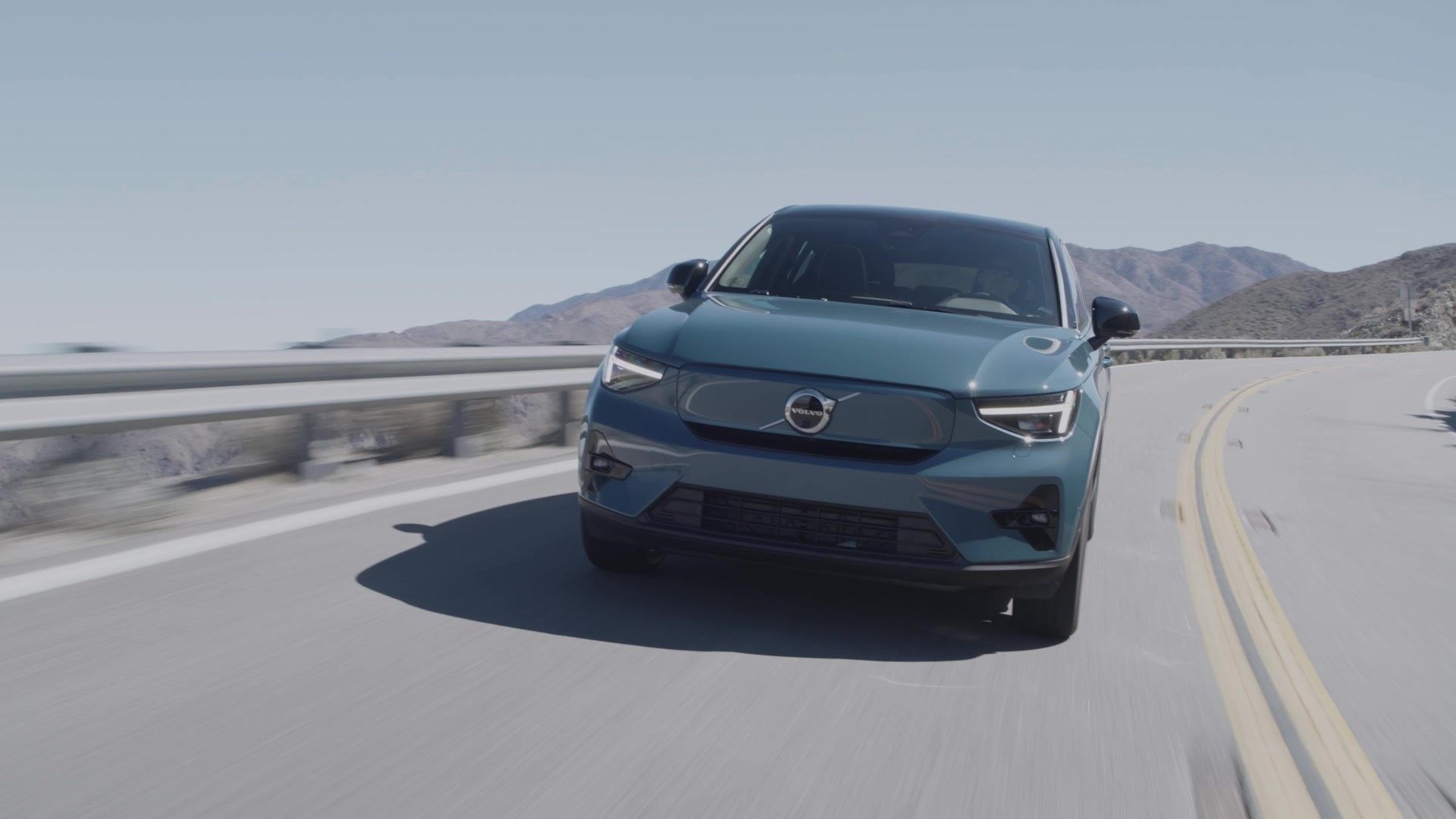GM's all-electric car Bolts to Vegas, we drive the new Prius and a plug-in hybrid Audi SUV, and look at EV cord-cutting. This is The Week In Reverse, for Friday, November 20, 2015, right here at Green Car Reports.
We’re counting down the weeks until we get more details about the production version of the 2017 Chevrolet Bolt—the all-electric compact hatchback from General Motors—which, the automaker says, will be shown at January’s Consumer Electronics Show (CES), in Las Vegas.
Honda confirmed not just that its Clarity hydrogen fuel-cell hatchback is going on sale late in 2016, but that in 2018 there’s a plug-in hybrid version that will offer 40 miles or more of pure-electric range.
And by the way, the first 2016 Toyota Mirai hydrogen fuel-cell car in the U.S. was delivered in California earlier this month—to whom? A longtime fuel-cell engineer, of course.
The styling of the 2016 Toyota Prius is a little offbeat, yet as we found in our long-awaited first drive of the 2016 Prius, this hybrid hatchback—now rated up to 56 miles per gallon combined—give the opposite impression from the driver’s seat; at last drives pretty much like a regular gasoline car.
We also drove the upcoming plug-in hybrid version of the largest, most luxurious model in the Audi lineup, the Q7 e-tron 3.0 TDI Quattro. Fitted with a turbo-diesel engine—although we might get a gasoline version—the big three-row SUV is smooth, quiet, and strong, and it can go more than 20 miles on a charge without using what’s in the fuel tank.
Audi announced that it will offer a DC quick-charging network, operating at a speedy 150 kilowatts, by the time it launches its all-electric e-tron Quattro crossover wagon in 2018. Audi of America this week said that it expects 25 percent of the cars it sells to be battery-electric or plug-in hybrid in ten years.
And electric-car owners already get to gloat about never again dealing with dirty fuel-filler nozzles; but with the adoption of inductive (wireless) charging in the future, in the not-too-distant future cords and charge ports might only be for fast-charging. Nissan is working to develop a higher-power, 7-kilowatt wireless charging system—one with more flexibility for where the car’s parked. It may not be widely deployed until well into the next decade, but lets hope automakers can agree on a single standard this time.
And we leave you with one thought-provoking question about the future: When will we start to see tailpipes on cars as morally wrong?
Whatever your answer, may you all be morally upstanding this weekend.
________________________________________________













